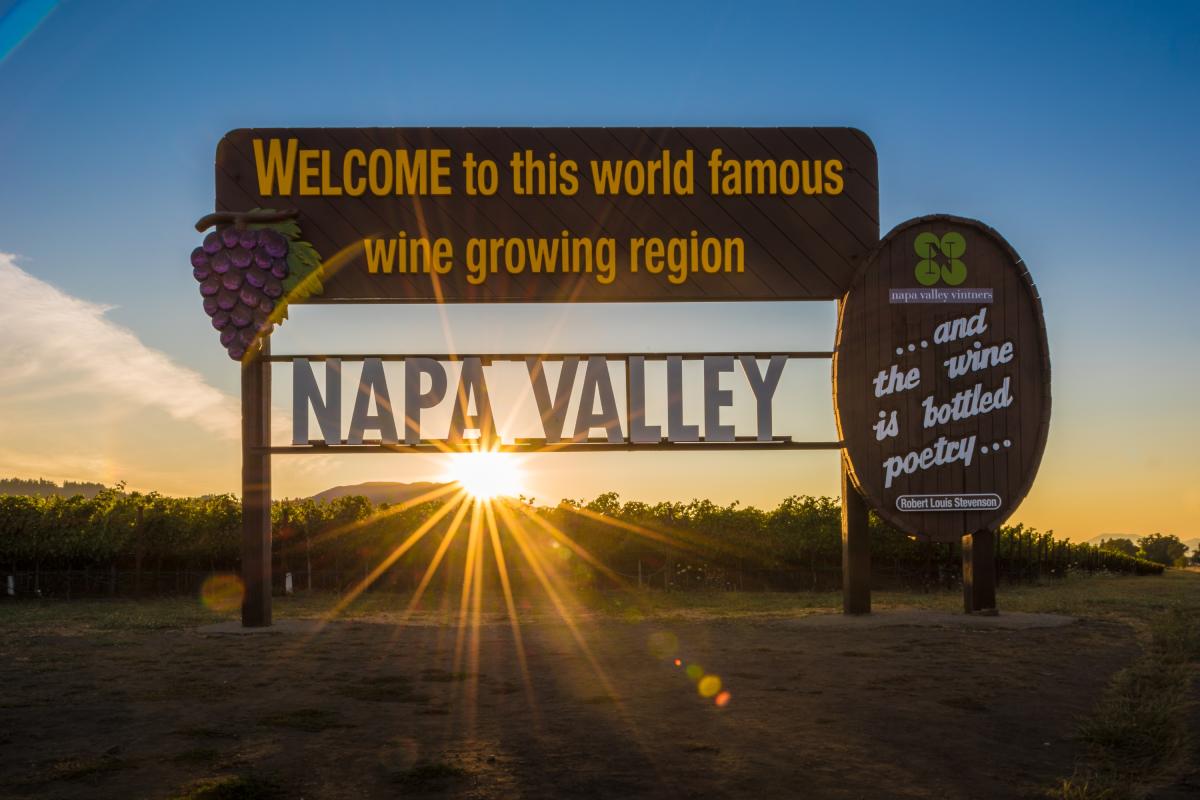No two winemaking regions are the same. What makes every wine novel is its terroir, a French term meaning ‘a sense of place‘. And for Napa Valley, its climate, soil, and topography make it a premier wine-producing region.
So, What makes Napa Valley a perfect place for cultivating vineyards?
Near-perfect Mediterranean climate
So, What makes Napa Valley a perfect place for cultivating vineyards? Vines need five things to produce a healthy crop: warmth, sunlight, carbon dioxide, water, and nutrients. Each grape varietal grows best in a slightly different climate. Napa Valley’s climate includes just the right mix of components to produce certain high-quality grape varietals including Chardonnay and Cabernet Sauvignon. These components include latitude and longitude, weather patterns, and mitigating factors.
The Napa Valley is known for its large diurnal shifts and dramatic fluctuations. Wine grapevines benefit from a long and perfect growth season ranging from warm summers to cool cold winters and little rain. Temperature changes sharply throughout the day, resulting in slower maturation of fruits which comes more acidity retention for storage.
A Miscellany of Rich Soils
There is a great deal of variety in the Napa Valley’s soil profile with sections ranging from clay to thin and rocky soils to graveled loam. This variety makes the locale ideal for providing water and nutrients for the vines. The Napa Valley is home to almost half of the world’s soil profiles including 3 distinct soil classes with more than 100 different variations, according to research.
Variety in Topography
Napa Valley’s topography includes mountain ranges, valley bottoms, and benchlands (flat areas bordered by steep hills). It is also surrounded by Vaca and Mayacamas mountains. These mountains not only provide diverse climatic conditions for grape cultivation but also influence the weather. Vaca and Mayacamas help shield vineyards from the extreme heat and cool of the Central Valley and the Pacific Ocean. Vines that prefer warmer temperatures do best exposed to the sun, while vines that prefer cooler temperatures can be grown on the mountainside with more protection.
The Perfect Mixing Pot
Between the climate, soils, and topography, the Napa Valley has all the ideal requirements to produce a healthy crop of grapes. A fun fact about grape growing in the Napa Valley is that the goal is to actually create stressed vines rather than healthy vines. Why? It’s where evolution meets economics. When a vine is stressed, its evolutionary responses kick in, and one of those responses is to produce more fruit. More grapes equal more wine.
So now you know the basics to why the Napa Valley has become an ideal location for grape agriculture, but this is only part 1. We’ve got the grapes. Now let’s see what it takes to make world-renowned wine. Stay tune for part 2.





